


Imagine stepping onto Boracay Island and instantly feeling the gentle warmth of the sun kissing your skin,while the soft powdery white sand cushions your every step. The island hums with a laid-back energy that’s both invigorating and soothing,like a secret rhythm you can’t help but sway to. Crystal-clear turquoise waters stretch endlessly,inviting you to dive in or simply float and watch the sky melt into shades of pink and orange during sunset. The salty breeze carries the faint scent of grilled seafood mingled with tropical flowers,making every breath feel like a fresh invitation to explore. Boracay’s charm isn’t just in its stunning beaches—it’s in the vibrant pulse of its small,welcoming community. Locals greet you with genuine smiles,and the island’s culture shines through in lively street markets,where you can sample freshly caught fish,sweet mangoes,and the unmistakable tang of calamansi. At night,the island transforms as beach bars light up with laughter,music,and the clinking of glasses,creating a festive yet intimate atmosphere that feels like a celebration of life itself. What makes Boracay truly special is how it balances adventure and relaxation. Whether you’re kite surfing over the waves,hiking to a hidden viewpoint,or simply lounging in a hammock with a cold drink in hand,the island encourages you to slow down and savor every moment. It’s a place where time seems to stretch,and every experience—whether thrilling or tranquil—leaves you with a deep sense of joy and connection.
The information on this page is currently being reviewed by Tripkliq and should be used as a guide only
Eng word: Hello
Eng pronunciation: Kah-moo-stah
Local language: Kamusta
Eng word: Goodbye
Eng pronunciation: Pah-ah-lahm
Local language: Paalam
Eng word: Thank you
Eng pronunciation: Sah-lah-maht
Local language: Salamat
Eng word: How much
Eng pronunciation: Mahg-kah-noh
Local language: Magkano
Eng word: Toilet
Eng pronunciation: Bahn-yoh
Local language: Banyo
Eng word: Help me
Eng pronunciation: Too-loo-gahn moh ah-koh
Local language: Tulungan mo ako
Eng word: Yes
Eng pronunciation: Oh-oh
Local language: Oo
Eng word: No
Eng pronunciation: Heen-deh
Local language: Hindi
Eng word: Excuse me
Eng pronunciation: Pah-oo-mahn-heen
Local language: Paumanhin
Boracay Island was relatively unknown until the 1970s when it was discovered by foreign backpackers. Its pristine white beaches quickly gained international attention, making it a popular tourist destination.
The original inhabitants of Boracay are the Ati people, an indigenous group known for their rich culture and traditions. They have lived on the island for centuries, long before it became a tourist hotspot.
White Beach, Boracay's most famous beach, stretches for about 4 kilometers and is known for its powdery white sand and crystal-clear waters. It has been consistently ranked among the best beaches in the world.
During the Spanish colonial period, Boracay was part of the route for the Manila-Acapulco Galleon Trade. The island served as a stopover for ships traveling between the Philippines and Mexico.
The 1980s marked a significant tourism boom for Boracay. The island saw an influx of tourists from around the world, leading to the development of numerous resorts, restaurants, and other tourist facilities.
In 2018, the Philippine government temporarily closed Boracay for six months to address environmental issues. The rehabilitation efforts focused on cleaning up the beaches, improving waste management, and restoring the island's natural beauty.
Boracay Island was included in the UNESCO World Heritage Tentative List in 2006. This recognition highlights the island's natural beauty and cultural significance, further boosting its status as a premier tourist destination.
Boracay is renowned for its wide range of water sports activities, including kite surfing, windsurfing, and scuba diving. The island's favorable wind conditions and clear waters make it a paradise for adventure enthusiasts.
Boracay hosts several vibrant festivals and events throughout the year, such as the Ati-Atihan Festival, which celebrates the island's indigenous culture, and the Boracay International Dragon Boat Festival, attracting participants from around the world.
In Boracay Island, the most common Power Adaptor is Type A, Type B.


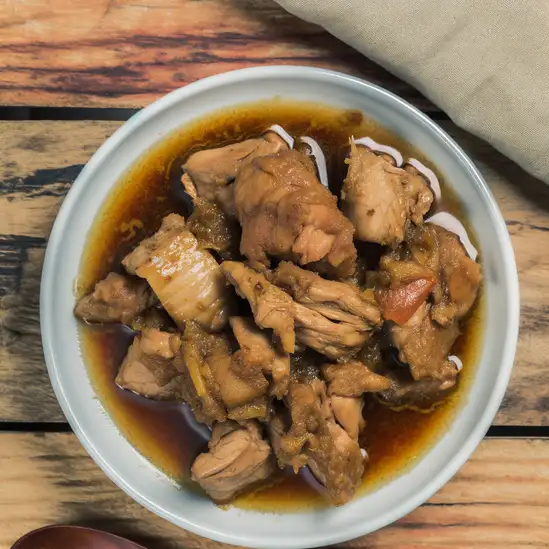
A popular Filipino dish made with meat (usually chicken or pork) marinated in vinegar, soy sauce, garlic, and spices, then simmered until tender.
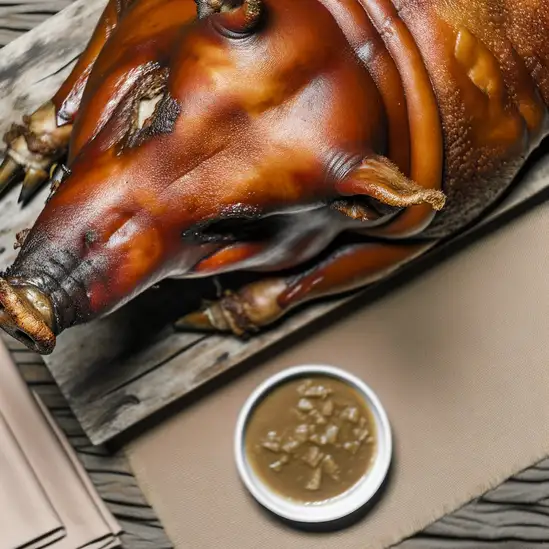
Roast pig, often served during special occasions, known for its crispy skin and tender meat.
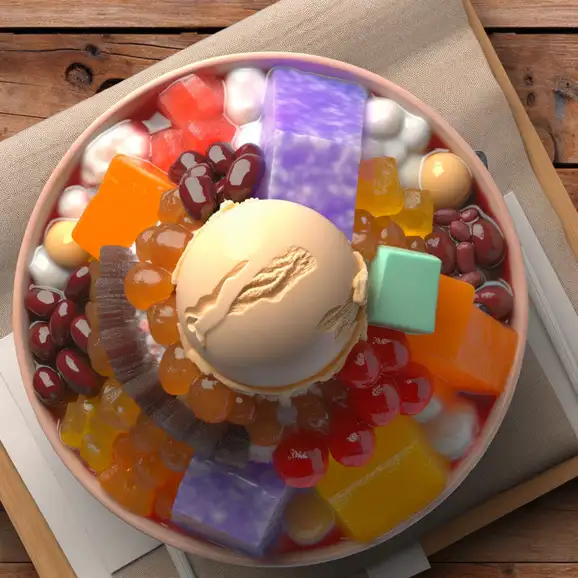
A popular Filipino dessert made with crushed ice, sweetened fruits, jellies, and topped with leche flan and ube ice cream.
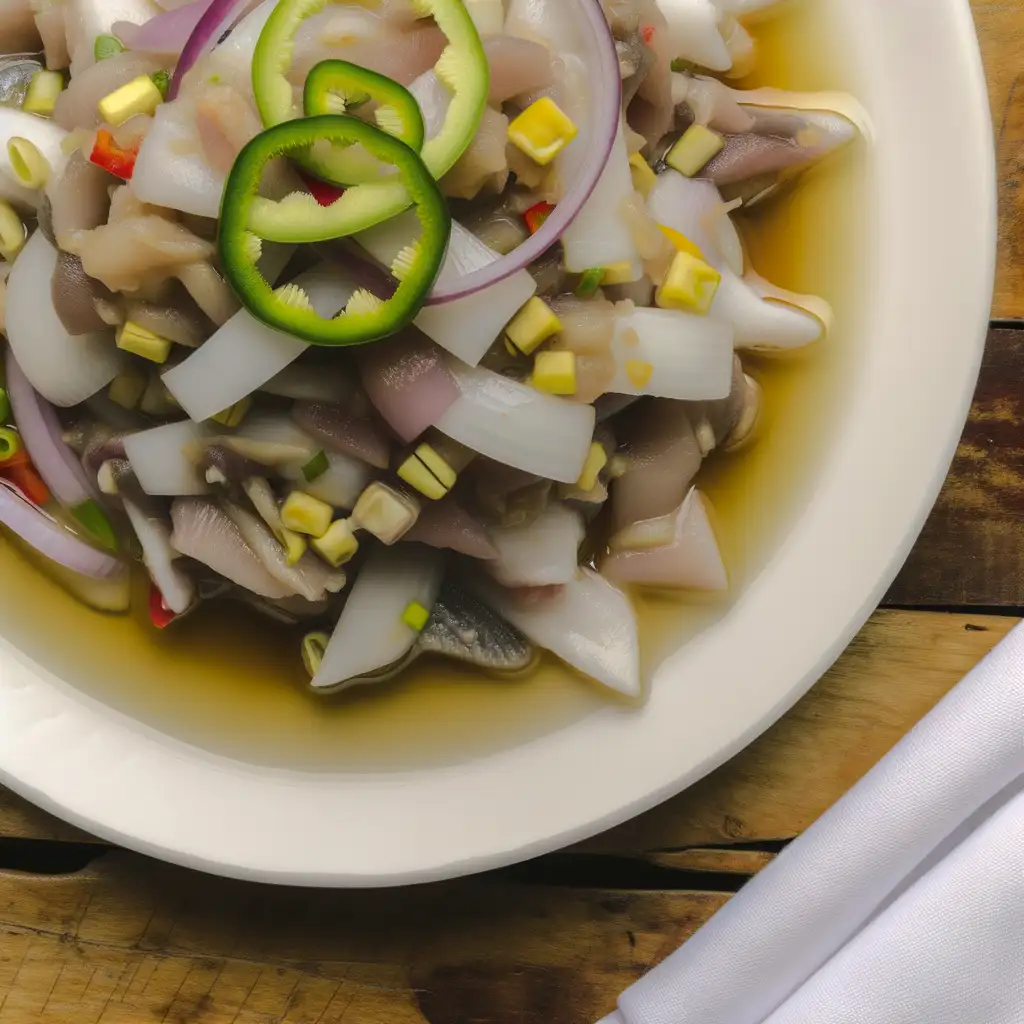
A Filipino ceviche made with fresh raw fish marinated in vinegar and citrus juices, mixed with onions, ginger, and chili.
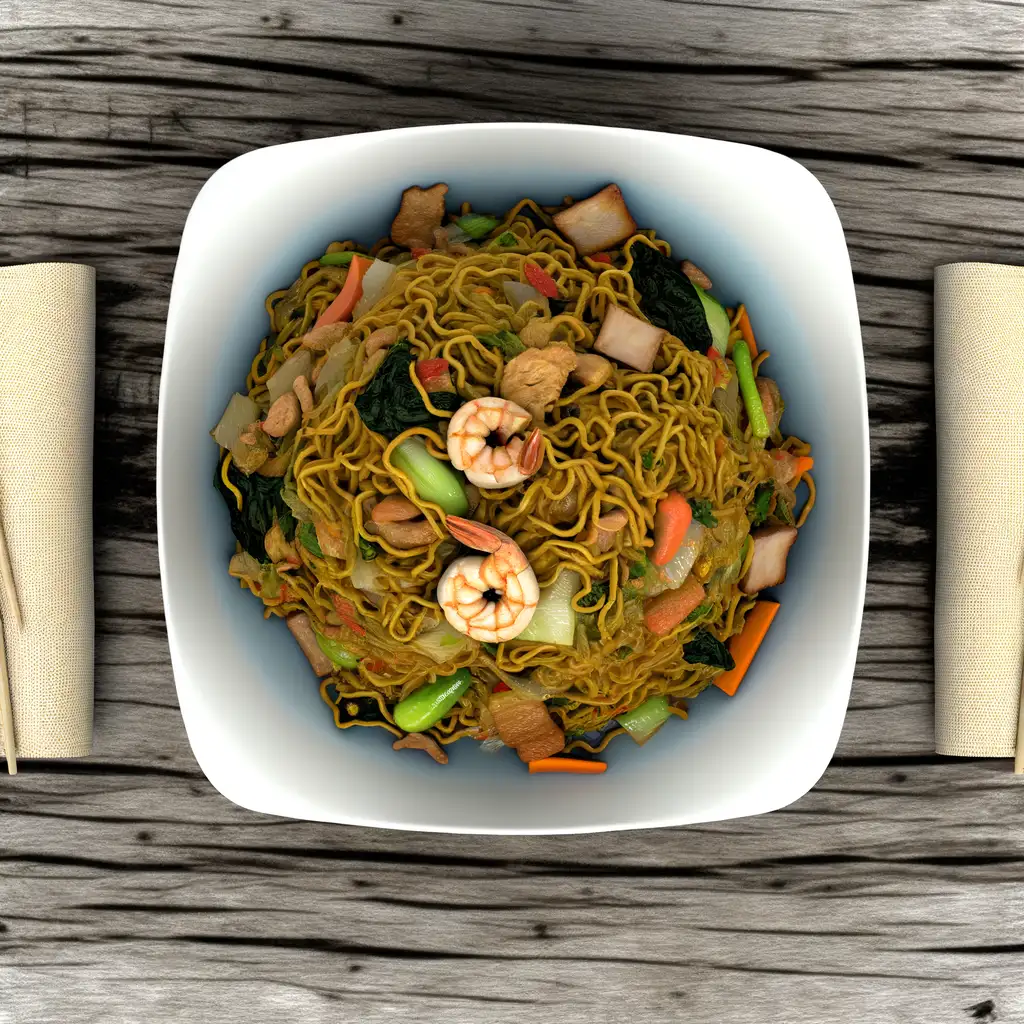
A stir-fried noodle dish that comes in various forms, often made with vegetables, meat, and seafood.
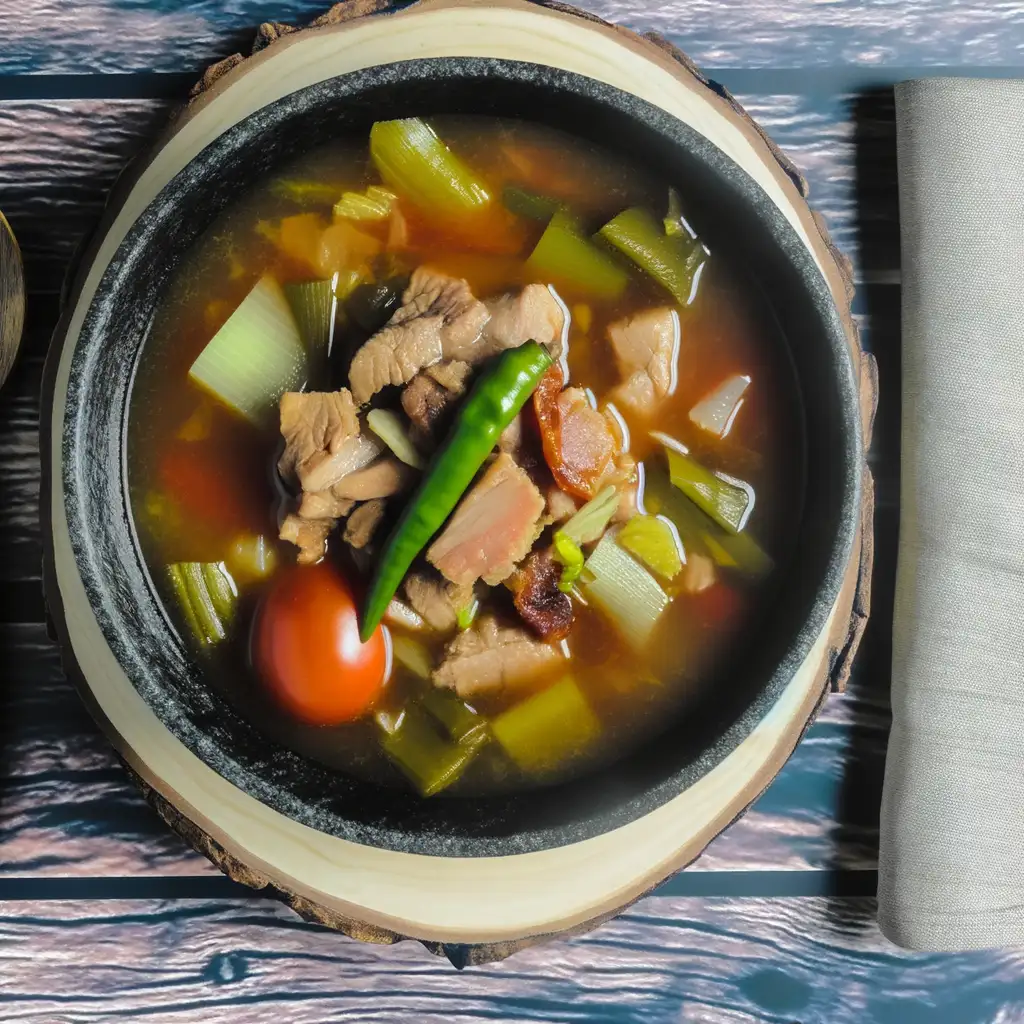
A sour pork soup made with tamarind, tomatoes, and various vegetables, known for its tangy flavor.

A spicy dish made with pork, coconut milk, and chili peppers, originating from the Bicol region.

A breakfast dish consisting of tapa (cured beef), sinangag (garlic fried rice), and itlog (fried egg).
Imagine stepping into a place where history hums through the streets and the ocean breeze carries the scent of salty adventure—that’s Cebu City for you. The moment you arrive,there’s this lively energy that wraps around you,a mix of old-world charm and modern buzz. You’ll find yourself wandering through colorful markets where the chatter of vendors blends with the aroma of freshly grilled street food—think sweet,smoky lechon sizzling over coals,tempting you at every corner.
Cebu’s character is a beautiful blend of the past and present. Ancient Spanish forts and centuries-old churches stand proudly alongside sleek cafes and vibrant street art. The city pulses with warmth,not just from the tropical sun but from the people who greet you with genuine smiles and stories. At night,the streets light up with music and laughter,and you can almost taste the festive spirit in the air.
What really makes Cebu unforgettable is how it feels alive in every sense. You can hear the waves crashing nearby,see the colorful jeepneys weaving through traffic,smell the tropical fruits at the market,and feel the warmth of the sun on your skin as you explore. It’s a place where culture,history,and everyday life blend seamlessly,inviting you to dive in and experience its vibrant soul firsthand.
If you ever find yourself dreaming of a place where the sea feels like a warm embrace and the air carries the scent of salt and tropical blooms,El Nido is that kind of magic. From the moment you step off the boat or wander through its laid-back streets,there’s this undeniable calm mixed with a spark of adventure. The limestone cliffs rise dramatically from turquoise waters,creating a playground of hidden lagoons and secret beaches that seem almost too beautiful to be real. You’ll hear the gentle lapping of waves,the distant chatter of fishermen,and the occasional call of tropical birds,all blending into a soothing soundtrack that makes you want to slow down and just breathe it all in.
The town itself pulses with a warm,welcoming energy. Locals greet you with genuine smiles,and the small cafes and eateries invite you to savor fresh seafood grilled right in front of you,bursting with flavors that tell stories of the sea. At night,the sky turns a deep velvet,and the stars feel close enough to touch,while the soft hum of acoustic guitars drifts from beach bars. It’s a place where time seems to stretch,letting you lose yourself in the rhythm of island life.
What makes El Nido truly special is how it balances raw natural beauty with a vibrant,heartfelt culture. Whether you’re kayaking through crystal-clear waters,hiking up to panoramic viewpoints,or simply sipping a cold drink while watching the sunset paint the sky in fiery hues,El Nido invites you to connect—with nature,with people,and with a sense of wonder that stays with you long after you leave.
If you ever find yourself craving a place where nature’s calm meets a laid-back island spirit,Puerto Princesa is where you want to be. The moment you step off the plane,there’s this warm,salty breeze that wraps around you,carrying the faint scent of the sea and tropical blooms. It’s a city that doesn’t rush — people move with a gentle rhythm,and the streets hum softly with the chatter of locals and the occasional strum of a guitar from a nearby café. It feels like a breath of fresh air,both literally and figuratively.
What really makes Puerto Princesa stand out is its deep connection to nature. The famous Underground River is just the beginning — lush mangroves,crystal-clear waters,and vibrant coral reefs surround the city,inviting you to explore. You can hear the calls of exotic birds in the morning and watch fishermen bring in their catch as the sun dips low,painting the sky in shades of pink and orange. The food scene here is a delightful surprise too — fresh seafood grilled right on the beach,sweet tropical fruits bursting with flavor,and local dishes that tell stories of the sea and the land.
But beyond the sights and tastes,it’s the people who make Puerto Princesa unforgettable. Their warmth and genuine smiles make you feel like you’re not just visiting,but truly welcomed. Whether you’re wandering through the bustling market or sharing a laugh with a vendor,there’s a sense of community that lingers long after you leave. It’s a place that invites you to slow down,soak in the simple joys,and leave with a heart full of stories.
Manila is this vibrant,bustling heart of the Philippines that grabs you the moment you step off the plane. There’s an energy here that’s both chaotic and warm,like the city is alive and breathing with stories waiting to be discovered. Walking through its streets,you’ll catch the scent of sizzling street food mingling with the salty breeze from Manila Bay. The soundscape is a lively mix of jeepneys honking,street vendors calling out their wares,and the occasional laughter spilling from a nearby sari-sari store.
What makes Manila truly special is its rich tapestry of history and culture woven into everyday life. You can wander through Intramuros,the old walled city,and feel the echoes of Spanish colonial days in the cobblestone streets and centuries-old churches. Then,just a few blocks away,modern skyscrapers rise,showcasing the city’s dynamic spirit. The people here are incredibly warm and welcoming,always ready to share a story or recommend their favorite spot for halo-halo,a sweet,icy treat that’s perfect for cooling down in the tropical heat.
Manila’s charm lies in its contrasts—the old and new,the quiet moments in hidden courtyards and the lively buzz of night markets. It’s a place where you can savor rich Filipino flavors,dive into vibrant festivals,and feel the pulse of a city that’s constantly evolving but never loses its heart. If you want a trip that’s full of life,color,and genuine warmth,Manila’s waiting with open arms.
If you ever find yourself wandering through the heart of Bohol,Tagbilaran City greets you with a warm,unhurried rhythm that feels like a gentle hug after a long journey. The city hums with life—not the overwhelming buzz of a metropolis,but a lively,welcoming energy where jeepneys rattle by and street vendors call out their fresh fruit and local snacks. As you stroll along the waterfront,the salty breeze carries the faint scent of grilled seafood mingling with tropical flowers,inviting you to slow down and savor the moment.
Tagbilaran’s charm lies in its blend of old and new. You’ll catch glimpses of Spanish-era churches standing proudly beside colorful markets where locals barter over ripe mangoes and sticky rice treats. The city’s pulse is deeply tied to its people—friendly,easygoing,and proud of their heritage. At night,the streets light up with laughter and music spilling from small eateries where you can taste the rich flavors of Boholano cuisine,like the sweet,tender kalamay or freshly caught fish cooked with coconut milk.
What really stays with you is the city’s sense of community and its connection to the sea. Whether you’re watching fishermen haul in their catch at dawn or joining a lively fiesta,Tagbilaran feels like a place where stories are shared over steaming cups of coffee and where every corner invites you to discover a new layer of its soul. It’s not just a stopover—it’s a place that quietly pulls you in and makes you want to stay a little longer.
If you ever find yourself craving a place where vibrant city life meets the gentle embrace of nature,Davao City is where you want to be. The moment you step off the plane,there’s this warm,welcoming energy that wraps around you—like the city itself is inviting you to slow down and savor every moment. The air carries a subtle mix of tropical blooms and the faint,salty hint of the nearby sea,while the streets buzz with a friendly hum of jeepneys and chatter in a melody of languages.
Walking through Davao,you’ll notice how the city wears its culture proudly. From the colorful street markets where vendors call out their fresh fruits and local delicacies,to the intricate weaves and crafts that tell stories of indigenous tribes,there’s a deep respect for heritage here. And the food? Oh,the food! Imagine biting into a juicy durian (if you’re brave enough),or savoring grilled tuna so fresh it practically melts in your mouth,all while sipping on a sweet,refreshing calamansi juice.
What really sets Davao apart is its balance—towering mountains and lush parks sit just a short drive from bustling urban spots. You can spend your morning hiking up Mount Apo,the Philippines’ highest peak,then wind down with a stroll along the riverwalk as the sun dips low,painting the sky in shades of orange and pink. It’s a city that feels alive but never rushed,where every corner invites you to explore,taste,and connect.
Unlicensed or untrained individuals may offer massages on the beach at a low price but demand more money afterward, claiming additional services were provided.
Tourists may be sold fake or low-quality souvenirs at inflated prices, often marketed as 'authentic' local products.
Some establishments or individuals may engage in credit card skimming, stealing card information during transactions.
Some money changers may use sleight of hand or provide counterfeit bills when exchanging foreign currency.
Scammers may pose as officials and charge fake environmental or entrance fees to tourists, especially at popular spots.
Scammers may sell fake or substandard tour packages, promising activities like island hopping or water sports that are either poorly organized or nonexistent.
Tourists renting jet skis may be falsely accused of causing damage and forced to pay exorbitant repair fees.
Some restaurants or bars may not display prices and charge tourists significantly more than locals for the same items.
Some tricycle drivers may overcharge tourists, especially if they are unfamiliar with the standard rates for transportation around the island.
Crowded areas, especially beaches and markets, can be hotspots for pickpockets and bag snatchers targeting distracted tourists.
The Philippines has very strict laws regarding the possession, use, and distribution of illegal drugs. Boracay Island is no exception. Tourists should be aware that the penalties for drug-related offenses are severe, including long prison sentences and heavy fines. It is strongly advised to avoid any involvement with illegal drugs while visiting the island.
In Boracay Island, smoking is strictly regulated to maintain the cleanliness and health standards of the island. Smoking is prohibited in public places such as beaches, parks, and streets. Designated smoking areas are provided, and violators can face fines or other penalties. Tourists should look for these designated areas to avoid any legal issues.
Similar to smoking, vaping is also regulated on Boracay Island. Vaping is not allowed in public places and should be done only in designated smoking areas. The same penalties apply for vaping in non-designated areas as for smoking.
What are other people saying about Boracay Island?
Recent Social posts about Boracay Island
There is nothing to show you for now.